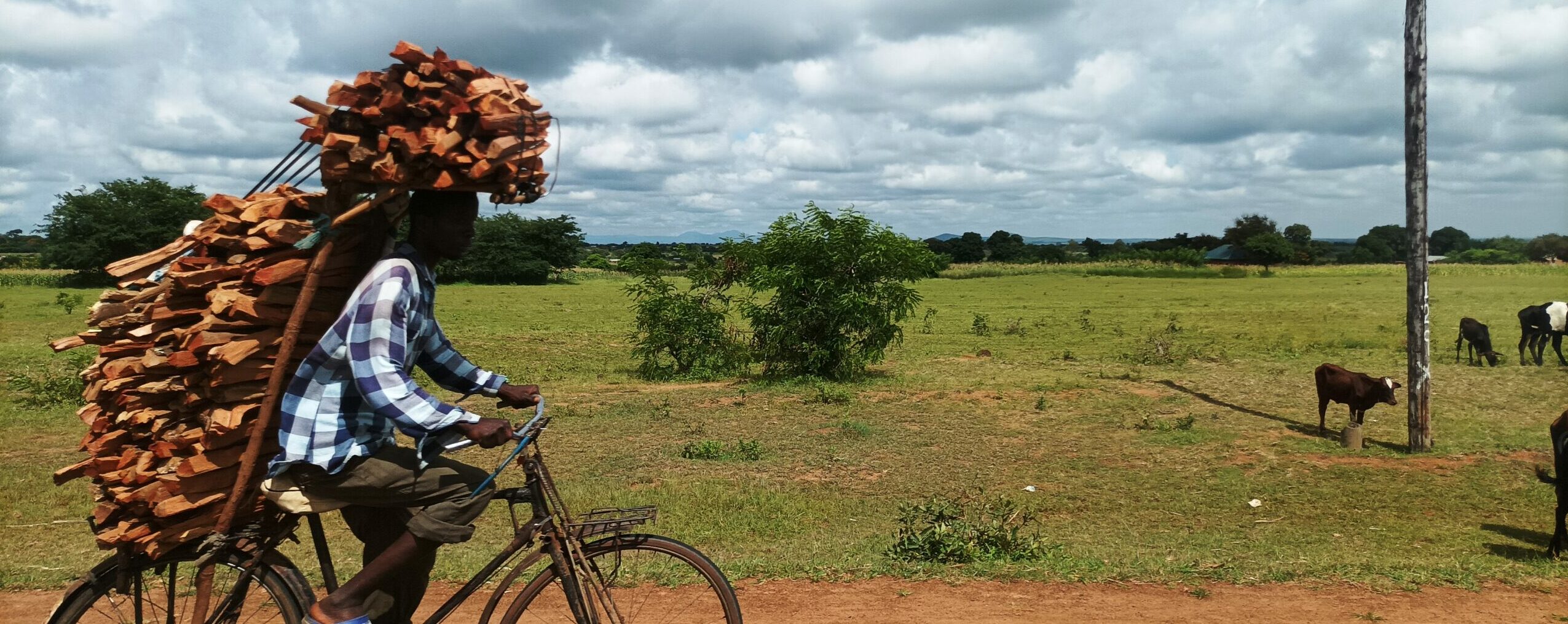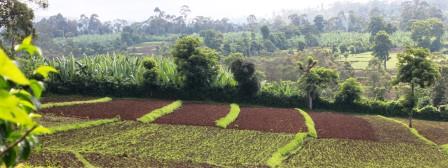In order to better support and advise family farmers on wood production, Inter Aide has conducted a study to better understand the organisation of the firewood value chain in Lilongwe district: structure of woodfuel prices, identification of the main stakeholders, measurement of potential margins for the different actors of the sector according to the sales strategies and the season… The collected data also allowed to evaluate the average wood needs in the targeted rural villages (domestic demand and needs of the main businesses such as tea shops, bakeries and small local food companies): a village of about 200 families uses an average of 785 tonnes of firewood per year (around 3.5 tonnes per family), 63% of which being burned during the 4 months of the rainy season. However, the purchases from local vendors only cover about 10% of these community’s needs.
Using and marketing firewood from tree pruning on farmlands has the potential to be competitive with illegal sources on the market. The generation of year-round incomes from the sale of sustainably managed plantations by small-scale producers is also evidenced by first tangible examples. However, for small producers to benefit from this opportunity, substantial efforts have to be done parallel with the trees’ plantations to help producers develop strategies, know the market prices and access and access markets…
The development of woodfuel production could be particularly interesting opportunity for women, who consider the sale of firewood during the rainy season as a valuable new source of income, especially during a critical period for food security.
You will find here below the full document of the study and a summary.





